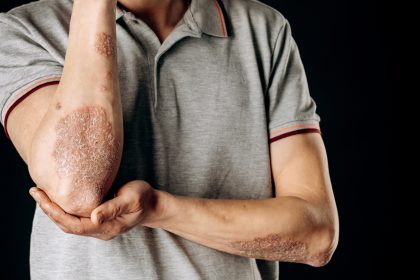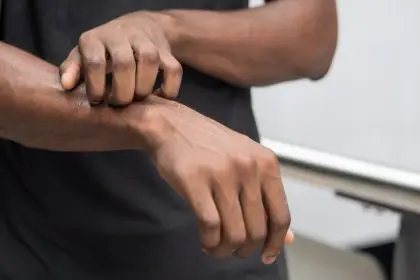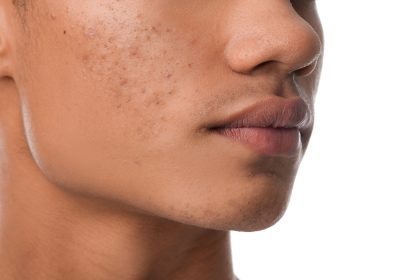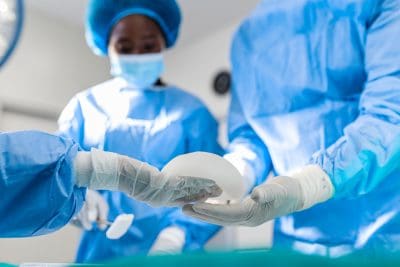Keloids are one of those skin conditions that can be both physically and emotionally distressing. While some people may not even notice their presence, for others, they can become a significant concern. Whether it’s because of the size, discomfort or cosmetic appearance, keloids can take a toll on your confidence. But when should you stop experimenting with over-the-counter solutions and consult a specialist dermatologist? Let’s dive into why seeing a dermatologist for keloids might be one of the best decisions you make for your skin.
Understanding keloids
Keloids are raised, thick scars that occur where the skin has healed after an injury. But unlike typical scars, keloids grow larger than the original wound. They can form from cuts, surgical wounds, piercings, tattoos, acne scars or even minor skin trauma. For some people, keloids are simply a cosmetic concern, but for others, they can cause discomfort, itching or even pain.
Why keloids can become a problem
Most scars fade over time, but keloids do the opposite. Instead of shrinking, they grow and extend beyond the original injury site. This uncontrolled growth is due to an overproduction of collagen during the skin’s healing process. The appearance of keloids can make individuals self-conscious, and in some cases, the scars can affect mobility or cause psychological distress.
Keloids can develop on various parts of the body, but they’re most commonly found on the chest, shoulders, earlobes and cheeks. For some individuals, the size and location of keloids can interfere with everyday life, causing more than just aesthetic issues. This is where the expertise of a specialist dermatologist becomes invaluable.
Why you need a specialist for keloids
Early diagnosis and proper treatment
One of the key reasons to see a specialist dermatologist for keloids is early diagnosis. The earlier you catch keloids, the more effective treatments can be. Dermatologists understand the underlying factors that contribute to keloid formation — such as genetic predisposition and skin type. They can help pinpoint the root cause of the problem and recommend appropriate treatments before the keloids worsen.
Over-the-counter creams and home remedies often do little to shrink keloids and can even aggravate the condition. A specialist dermatologist, however, has access to advanced treatments that target the specific characteristics of keloids, helping to reduce their size, minimize symptoms and improve skin appearance.
Tailored treatment plans
Keloids vary in size, shape and location, and there’s no one-size-fits-all solution. Specialist dermatologists offer personalized treatment plans based on the severity of your condition. They may combine different methods such as steroid injections, laser therapy, cryotherapy or surgical removal to deliver the best possible outcome. For individuals who suffer from recurring keloids, dermatologists can also offer preventative measures to reduce the risk of them returning after treatment.
Common keloid treatments that work
Specialist dermatologists can offer a range of treatments that aren’t accessible to the general public without a proper diagnosis and plan. Here are a few of the most common methods they might use:
1. Corticosteroid injections
Corticosteroid injections are often the first line of treatment for keloids. These injections help reduce inflammation, flatten the keloid and make it less noticeable. Most patients require multiple sessions for the best results, and a dermatologist will monitor progress closely to adjust the treatment plan as needed.
2. Cryotherapy
Cryotherapy involves freezing the keloid with liquid nitrogen. It’s a non-invasive procedure often used for smaller keloids and can help reduce their size by freezing the abnormal scar tissue. Dermatologists are trained to use this method carefully to avoid damaging the surrounding healthy skin.
3. Laser therapy
Laser therapy can reduce the height and color of keloids, making them blend more with the surrounding skin. It’s often combined with other treatments for maximum effectiveness. The precision of laser treatments requires the expertise of a specialist dermatologist, as improperly administered laser therapy can result in skin damage.
4. Surgical removal
In some cases, surgical removal of the keloid is the best option. While surgery may seem like a simple solution, keloids can often return even larger after being removed if not properly managed. A dermatologist can follow up the surgery with additional treatments like steroid injections or radiation therapy to minimize the chance of recurrence.
5. Radiation therapy
For more severe cases, radiation therapy may be used in conjunction with surgery. This advanced treatment requires a dermatologist who specializes in treating keloids, as it involves carefully applying low doses of radiation to prevent keloid cells from regrowing after surgical removal.
Emotional and psychological impact of keloids
Keloids are not just a physical concern. Many individuals feel self-conscious, embarrassed or even depressed because of their scars. This is particularly true for those with larger or more visible keloids on areas like the face or neck. Seeing a specialist dermatologist isn’t just about treating the physical appearance of the keloid; it’s about addressing the emotional burden that comes with it.
A dermatologist can provide reassurance and support, offering a treatment plan that can improve your appearance and boost your confidence. Knowing you’re in the hands of an expert can alleviate some of the stress and anxiety that keloids may cause.
Keloids and cultural sensitivity
It’s important to recognize that keloids tend to occur more frequently in people of color — particularly those of African, Asian or Hispanic descent. This makes cultural sensitivity in treatment an essential factor. Specialist dermatologists with experience treating a diverse range of patients understand the unique needs of individuals with different skin tones. They can offer treatments tailored to your specific skin type, ensuring the best possible outcome.
For many people, having a keloid removed isn’t just about aesthetics; it’s about restoring a sense of self. By seeing a dermatologist who understands the cultural and emotional aspects of skin care, you’re not just receiving treatment — you’re getting holistic care.
Take control of your skin health
If you’ve been struggling with keloids and haven’t found a solution that works, it’s time to see a specialist dermatologist. Keloids are complex scars that require expert attention, and the right dermatologist can guide you through a personalized treatment plan that will help improve both your physical and emotional well-being.
Don’t wait for keloids to become more difficult to treat. Taking control of your skin health by consulting a dermatologist can lead to faster results, less discomfort and better outcomes. Whether you’re looking for relief from the discomfort of a keloid or simply want to improve your appearance, a specialist dermatologist will help you every step of the way.
This story was created using AI technology.
















